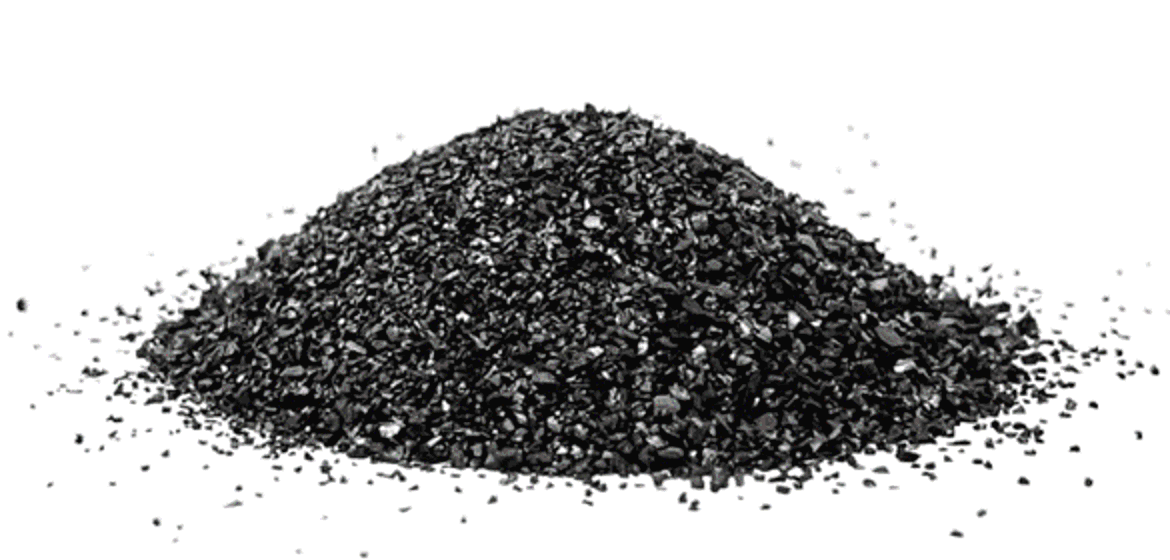When it comes to activated carbon, some of the important parameters are:
- Raw material, e.g. coconut shell, charcoal or bituminous coal
- Activation method, e.g. acid wash or steam activation
- Particle size
In this application note, two students from Zurich University of Applied Sciences screened various types and sizes of activated carbon using the SpinChem® RBR S2. Five different carbons were screened by decolorizing solutions of methylene blue in distilled water. The decolorization process was monitored using inline UV-Vis spectrometry (PAT). The results show the importance of choosing the correct media for your application. In this case of activated carbon, the source and type of the activation was shown to have a major impact on performance.
Do you have a contamination to remove? Reach out to us for a discussion of what can be done!

